Intracoronal Bleaching Materials
Intracoronal bleaching The material is sealed into the access cavity during inoffice visits and requires frequent changing of dressings • Walking Bleaching Technique Sodium perborate and water sealed into the tooth • Modified intracoronal bleaching technique Various increasing hydrogen peroxide concentrations and sodium perborate is.

Intracoronal bleaching materials. To avoid such a result, many researchers proposed that the use of hydrogen peroxide for intracoronal bleaching purpose should be avoided and protection of cervical and periodontal tissues must be emphasized in bleaching treatments31,32 Accordingly, 45% Carbamide peroxide is not a harmless material for intracoronal bleaching process. Intracoronal bleaching should always be carried out with dental dam isolation Interproximal wedges and ligatures may also be used for better protection • Protect oral mucosa Protective cream, such as Orabase, Vaseline, or cocoa butter, must be applied to the surrounding oral mucosa to prevent damage associated with chemical burns by caustic oxidizers. The most used substances for these procedures are carbamide peroxide (CP), hydrogen peroxide, and sodium perborate (SP) 1 Despite the common use of bleaching agents, many studies have shown that.
The combined intracoronal bleaching technique was then applied to all selected teeth by the following procedure for protective purposes, the surrounding soft tissues were covered with Vaseline;. Aims and Objectives The purpose of this in vitro study was to evaluate the ultra structural changes induced in dentin after exposure to different conventiona and laseractivated intracoronal bleaching agents Materials and Methods Forty human maxillary teeth were taken and were decoronated through the cementoenamel junction (CEJ) perpendicular to the long axis of tooth, the crown part was. To avoid such a result, many researchers proposed that the use of hydrogen peroxide for intracoronal bleaching purpose should be avoided and protection of cervical and periodontal tissues must be emphasized in bleaching treatments31,32 Accordingly, 45% Carbamide peroxide is not a harmless material for intracoronal bleaching process.
Inoffice bleaching materials are almost exclusively in the form of a gel, with 25% to 38% H2O2 Athome Extracoronal Bleaching ;. Adhesive restorations should be performed 7–14 days after bleaching, according to the bleaching agent used Intracoronal bleaching should be performed preferably with sodium perborate if. 1995) Hydrogen peroxide can be used directly for intracoronal bleaching, as well as materials such as carbamide peroxide, sodium perborate, which disintegrates into hydrogen peroxide in different ratios as a result of chemical degradation These bleaching agents can be used separately or in combination (Attin et al, 03).
The prognosis is related to the type of materials and the contact period 2, 3 – Incomplete removal of pulp tissue. Tooth whitening or tooth bleaching is the process of lightning the color of human teeth Whitening is often desirable when teeth become yellowed over time for a number of reasons, and can be achieved by changing the intrinsic or extrinsic color of the tooth enamel The chemical degradation of the chromogens within or on the tooth is termed as bleaching. Material that could be clinically used for the intracoronal bleaching technique is the 10% carbamide peroxide 8,9 even though this material was less effective than 30% H 2O 2 mixed with sodium perborate8 The 10% carbamide peroxide is an effective bleaching agent that provides esthetic results comparable to the combination of sodium perborate.
To intracoronal bleaching is not yet explored Recently, an improved marginal seal has been demonstrated with the introduction of a new alkasite restorative material over conventional packable composite (George and Bhandary, 18) Whether this alkasite material will perform better than conventional composites when placed. Internal Bleaching (intracoronal bleaching) is a technique used to whiten the appearance of teeth and is different than overthecounter solutions used to whiten teeth (extracoronal bleaching) Internal bleaching must be conducted by your endodontist and can only be performed after successful root canal therapy. Intracoronal bleaching The material is sealed into the access cavity during inoffice visits and requires frequent changing of dressings • Walking Bleaching Technique Sodium perborate and water sealed into the tooth • Modified intracoronal bleaching technique Various increasing hydrogen peroxide concentrations and sodium perborate is.
If this is inadequate, retreatment has to be performed before the initiation of the whitening procedures The tooth color is first assessed, and a photograph of the tooth and the shade guide element. Internal Bleaching (intracoronal bleaching) is a technique used to whiten the appearance of teeth and is different than overthecounter solutions used to whiten teeth (extracoronal bleaching) Internal bleaching must be conducted by your endodontist and can only be performed after successful root canal therapy. Intracoronal bleaching is a conservative alternative to the more invasive esthetic treatment of nonvital discolored teeth Careful examination is necessary, since the method requires healthy periodontal tissues and a root canal that is properly obturated to prevent the bleaching agent from reaching the periapical tissues (Baratieri et al, 1995).
Each discolored tooth was placed under rubber dam and tied with wax thread so that the sheet perfectly sealed the neck of the tooth, to prevent the. Bleaching studies routinely stain crowns artificially;, however, it is more practical to use endodontic materials rather than artificial stains or blood Hydrogen peroxide, carbamide peroxide, and sodium perborate are the most common intracoronal bleaching agents and have been tested in combination 34. Used as barriers during the intracoronal bleaching procedure, presenting relatively satisfactory results The pivotal feature of a protective base material for use as a barrier must be adequate sealing ability The mineral trioxide aggregate (MTA) is a material recently made available to dentistry with excellent sealing properties.
Toothbleaching techniques today mostly employ hydrogen peroxideas the active agent It is applied directly, or produced in a chemical reaction from sodium perborate or carbamide peroxide More than 90% of success rate has been reported for intracoronal bleaching of nonvital teeth Intracoronal bleaching is a conservative alternative to the. 1 Introduction With increasing insistence on conserving the integrity of remaining tooth structure, it is the responsibility of the clinician to contain restorations only to the extent of lost tooth structure (Polesel, 14)Intracoronal bleaching of discoloured intact pulpless anterior teeth with 3%–30% hydrogen peroxide (HP) is considered an ideal choice to refurbish esthetics as well as. Intracoronal bleaching is a conservative alternative to the more invasive esthetic treatment of nonvital discolored teeth Careful examination is necessary, since the method requires healthy periodontal tissues and a root canal that is properly obturated to prevent the bleaching agent from reaching the periapical tissues (Baratieri et al, 1995).
A thermocatalytic intracoronal bleaching technique was used The distal composite resin was replaced 2 weeks after bleaching ( e, f ) Twoyear postoperative/bleaching results show very nice. Bleaching agents may affect surface properties of mineral trioxide aggregate (MTA) as a coronal barrier The purpose of this study was to investigate surface properties of MTA after exposure to intracoronal bleaching agents MTA was set in acrylic molds with a 4 mm high central hole and a 6 mm diameter Specimens were divided into four groups (n = 10);. Intracoronal bleaching The material is sealed into the access cavity during inoffice visits and requires frequent changing of dressings • Walking Bleaching Technique Sodium perborate and water sealed into the tooth • Modified intracoronal bleaching technique Various increasing hydrogen peroxide concentrations and sodium perborate is.
Intracoronal bleaching is a conservative alternative to the more invasive esthetic treatment of nonvital discolored teeth Careful examination is necessary, since the method requires healthy periodontal tissues and a root canal that is properly obturated to prevent the bleaching agent from reaching the periapical tissues (Baratieri et al, 1995). The experimental groups showed statistically similar bleaching results at the end of twenty one days and p value found to be not significantly different (p=0078) With a significant result, intracoronal bleaching of nonvital colored teeth is less invasive, comparatively safe and effective to remove the staining of nonvital discolored teeth. Group 2 Intracoronal bleaching was performed with 35% hydrogen peroxide (Opalescence Endo, Ultradent Products Inc) The bleaching agent was placed into the cavity, and the cavity was closed by a temporary filling material (Cavit, AG, D229, 3M ESPE, Seefeld, Germany) This procedure was repeated a further two times (once every four days).
The combined intracoronal bleaching technique was then applied to all selected teeth by the following procedure for protective purposes, the surrounding soft tissues were covered with Vaseline;. The combined intracoronal bleaching technique was then applied to all selected teeth by the following procedure for protective purposes, the surrounding soft tissues were covered with Vaseline;. Bleaching, varying pretreatment of the surface and the diversity of restorative materials to restore bleached dentin, it becomes relevant to consider the impact of the surface treatment before the bleaching procedure on bond strength of different restorative materials to the intracoronal dentin.
To determine the effect of access design on intracoronal bleaching with 35% carbamide peroxide on discolored teeth Materials and Methods Forty‐two intact maxillary central incisors were selected, sectioned and artificially stained using whole blood. Group 2 Intracoronal bleaching was performed with 35% hydrogen peroxide (Opalescence Endo, Ultradent Products Inc) The bleaching agent was placed into the cavity, and the cavity was closed by a temporary filling material (Cavit, AG, D229, 3M ESPE, Seefeld, Germany) This procedure was repeated a further two times (once every four days). Intracoronal Bleaching Will my Tooth Discolor After Root Canal Treatment?.
Although intracoronal bleaching is the treatment of choice, the prognosis, however, depends on the type of sealer and duration of discoloration (49) For example, stains made by metallic ions are difficult to remove with bleaching treatment Therefore, the need to reReview Article JOE — Volume 34, Number 4, April 08 Nonvital Tooth. Bleaching studies routinely stain crowns artificially;, however, it is more practical to use endodontic materials rather than artificial stains or blood Hydrogen peroxide, carbamide peroxide, and sodium perborate are the most common intracoronal bleaching agents and have been tested in combination 34. The walking bleach technique is the technique of choice used for internal (intracoronal) whitening of nonvital teeth ️ First, the quality of endodontic treatment is radiologically evaluated;.
Group 2 Intracoronal bleaching was performed with 35% hydrogen peroxide (Opalescence Endo, Ultradent Products Inc) The bleaching agent was placed into the cavity, and the cavity was closed by a temporary filling material (Cavit, AG, D229, 3M ESPE, Seefeld, Germany) This procedure was repeated a further two times (once every four days). Each discolored tooth was placed under rubber dam and tied with wax thread so that the sheet perfectly sealed the neck of the tooth, to prevent the. If this is inadequate, retreatment has to be performed before the initiation of the whitening procedures The tooth color is first assessed, and a photograph of the tooth and the shade guide element.
As an intracoronal bleach because of the minimal risk of external resorption18 Multiple methods have been described for bleaching and include the use of different bleaching agents, concentrations, durations of application, product formats, application modes, and activation types (eg, light, heat, or ultrasound)19‑21 Applying. Abstract Intracoronal bleaching has emerged as a popular technique to bleach discoloured, endodontically treated anterior teeth Although hydrogen peroxide and sodium perborate have traditionally been used in intracoronal bleaching, some concern has been expressed regarding the use of hydrogen peroxide, mainly because of the suspected "cause and effect" relationship between hydrogen peroxide and invasive cervical root resorption. With all the new technology and the evolution of finer dental materials, your tooth should NOT discolor after endodontic treatment Nevertheless, especially with OLD root canal techniques, materials, and cements, a tooth may appear discolored For more information on this subject, read below The single.
Chlorinated lime was first used for internal bleaching MATERIALS AND METHODS in the early 1900s4 Since then many other solutions such as oxalic acid, chlorine compounds, sodium This study was a retrospective review of 255 consec peroxide and sodium hypochlorite, have been used to utive teeth that were bleached by a single operator in improve. The prognosis is related to the type of materials and the contact period 2, 3 – Incomplete removal of pulp tissue. Inoffice Extracoronal Bleaching ;.
To avoid such a result, many researchers proposed that the use of hydrogen peroxide for intracoronal bleaching purpose should be avoided and protection of cervical and periodontal tissues must be emphasized in bleaching treatments31,32 Accordingly, 45% Carbamide peroxide is not a harmless material for intracoronal bleaching process. Reported for intracoronal bleaching of nonvital teeth, and in the period of 18 years' observation time, from 10 to 40% of the ini tially successfully treated teeth needed retreatment Cervical root resorption is a possible consequence of internal bleaching and. Bleaching materials should cause as minimal oxidative damage to tissues as possible ( Fig 271) it is considered safer to work with than hydrogen peroxide and more popular for intracoronal bleaching In an aqueous solution, due to heat or in an acidic environment, both carbamide peroxide and sodium perborate decompose and release hydrogen.
Superoxol used to be the most commonly used intracoronal bleaching material Stability of nonvital discolored teeth subjected to combined thermocatalytic and walking bleach intracoronal techniques was evaluated at 16 years (19–05) (Amato et al 06) The series comprised 50 patients (age range 7–30). Effect on Periodontal Markers by Bleaching Intracoronal Technique (BLEIC) The safety and scientific validity of this study is the responsibility of the study sponsor and investigators Listing a study does not mean it has been evaluated by the US Federal Government. Vital bleaching can be done inoffice or as a takehome technique High concentrations of bleaching agents (3038%) should be only used by dentists inoffice 3,4 while concentrations of 7% are used for home administered bleaching using custom trays in night or daytime treatment regimes 5 The take home protocol is used for the same indications as inoffice treatment with the added benefit.
Internal Bleaching (intracoronal bleaching) is a technique used to whiten the appearance of teeth and is different than overthecounter solutions used to whiten teeth (extracoronal bleaching) Internal bleaching must be conducted by your endodontist and can only be performed after successful root canal therapy. Despite intracoronal bleaching is the best treatment;. Despite intracoronal bleaching is the best treatment;.
Toothbleaching techniques today mostly employ hydrogen peroxideas the active agent It is applied directly, or produced in a chemical reaction from sodium perborate or carbamide peroxide More than 90% of success rate has been reported for intracoronal bleaching of nonvital teeth Intracoronal bleaching is a conservative alternative to the. Aim The purpose of this in vitro study was to evaluate the ultrastructural changes of dentin induced after exposure to different intracoronal tooth bleaching agents Materials and Methods Dental discs of 1 mm thickness were prepared from coronal dentin of sixtyfour human maxillary premolars Experimental specimens were divided into four subgroups 45% carbamide peroxide, 35% hydrogen. To intracoronal bleaching is not yet explored Recently, an improved marginal seal has been demonstrated with the introduction of a new alkasite restorative material over conventional packable composite (George and Bhandary, 18) Whether this alkasite material will perform better than conventional composites when placed.
In vital bleaching, protection of the gingival tissues is of main importance, while in nonvital bleaching, the endodontically treated root canal must be protected using GI or RMGI to prevent leakage of the bleaching material 21 There is also a notable price difference between vital and nonvital bleach, with the latter being cheaper 22. Intracoronal bleaching is done in Nonvital teeth with discoloration, the other types of bleaching are done on Vital teeth mostly like – Walking bleaching or sealed bleaching, Office bleaching and photo or thermo bleaching Chemicals used in NonVital Bleaching Bleaching gels used in nonVital bleaching are – 10% or 16% Carbamide peroxide. Bleaching materials containing hydrogen peroxide have been used for treating discolored nonvital teeth but their use was occasionally associated with external root resorption In a previous study it was found that the immediate results of bleaching teeth in vitro were equal for sodium perborate mixed with either water or hydrogen peroxide.
Effect on Periodontal Markers by Bleaching Intracoronal Technique (BLEIC) The safety and scientific validity of this study is the responsibility of the study sponsor and investigators Listing a study does not mean it has been evaluated by the US Federal Government. Methods and Materials Bleaching treatment was performed on 128 bovine teeth for three weeks Intracoronal bleaching was performed in groups G1 to G3, and in the other groups a combination of inoffice and intracoronal bleaching was performed The following agents and materials were used (n=16) G1 sodium perborate and. Background Failure of composite restorations in terms of microleakage after intracoronal bleaching has been reported The purpose of this study was to assess in vitro effect of sodium ascorbate and calcium hydroxide as intermediary filling materials to repair the microleakage associated with adhesive restoration following intracoronal bleaching.
Three groups were exposed to bleaching. Effect on Periodontal Markers by Bleaching Intracoronal Technique (BLEIC) The safety and scientific validity of this study is the responsibility of the study sponsor and investigators Listing a study does not mean it has been evaluated by the US Federal Government. Intracoronal bleaching is the procedure where a discolored nonvital tooth is whitened using oxidizing agents inside the coronal portion of the nonvital tooth to decrease the discoloration With Intracoronal bleaching we can decrease or completely eliminate discoloration and increase the degree of translucency.
For professional athome bleaching, custom tray technique is most commonly used The bleaching gel is loaded in the tray, and the patient wears the tray for several hours up to overnight daily usually for 2 weeks or until a satisfactory tooth shade is achieved. Dental restorative materials, including root filling materials, Howell 9 studied the longevity of intracoronal bleaching in 43 teeth and found that short‐term outcome was good, but colour regression occurred in 53 per cent of the teeth after one year. Each discolored tooth was placed under rubber dam and tied with wax thread so that the sheet perfectly sealed the neck of the tooth, to prevent the.

Comparison Of Intracoronal Bleaching Methods On Teeth Discolored By Different Antibiotic Pastes Iriboz E Ozturk B A Korklu S Tarcin B Berker Y G Ovecoglu H S Niger J Clin Pract
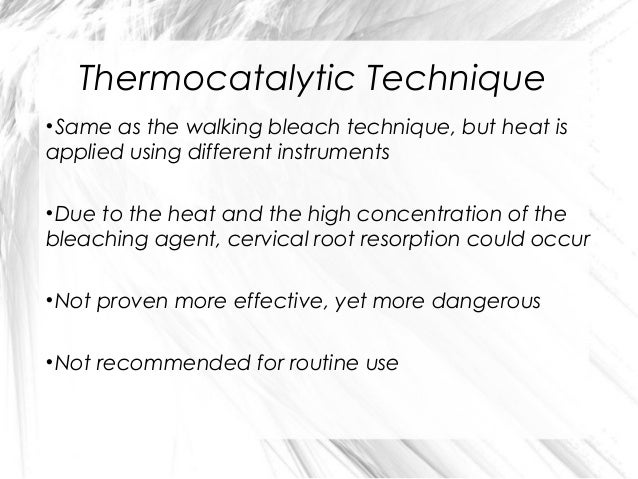
Internal Bleaching
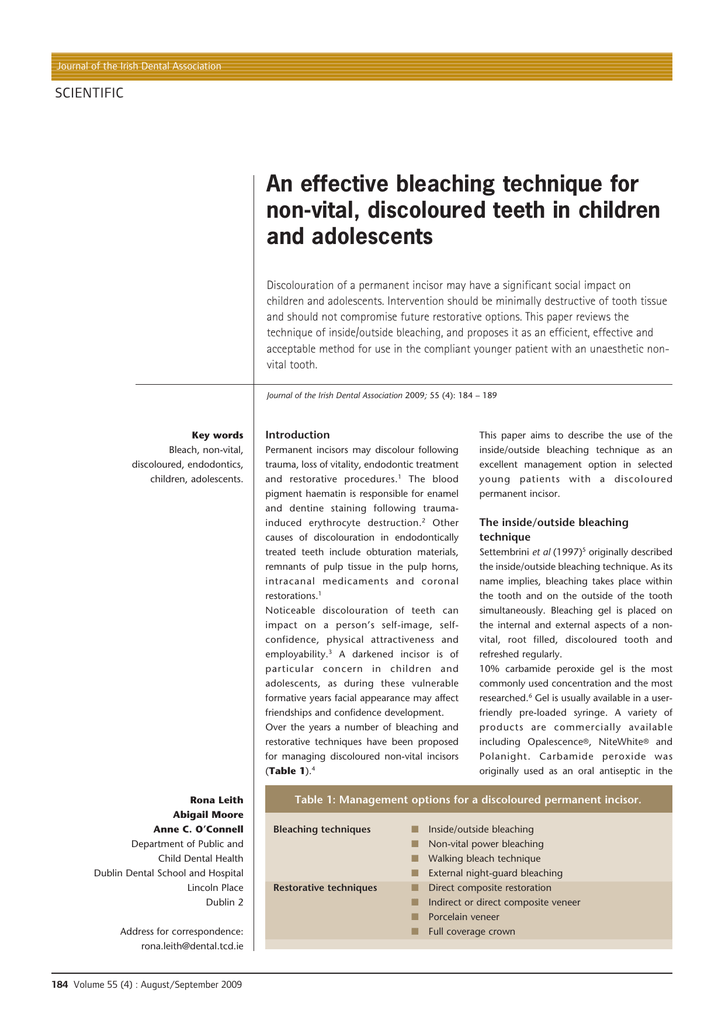
An Effective Bleaching Technique For Non
Intracoronal Bleaching Materials のギャラリー
Pdfs Semanticscholar Org F035 31fc8da6d027ecc0ac85c1931acbe5301f Pdf
Http Www Srpskiarhiv Rs Global Pdf Onlinefirst 094 19olf V1 Pdf

An In Vitro Comparison Of The Bleaching Efficacy Of 35 Carbamide Peroxide With Established Intracoronal Bleaching Agents Hydrogen Peroxide Bleach
Repository Mbru Ac Ae Bitstream Handle 1 29 430 1 17 01 aaesha alzaabi Pdf Sequence 1 Isallowed Y

Intracoronal Bleaching Of Nonvital Teeth Pocket Dentistry

An Effective Bleaching Technique For Non Vital Discoloured Teeth In Children And Adolescents Semantic Scholar

Pdf Effect Of Intracoronal Bleaching Materials Ethanol Application And Delayed Bonding On Bond Strength Of Orthodontic Brackets To Non Vital Teeth
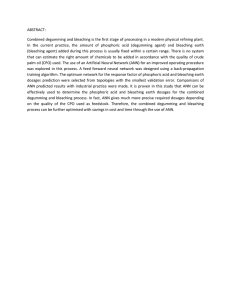
An Effective Bleaching Technique For Non

Tooth Discolourations And Bleaching Whitening

A Comparative Evaluation Of Efficacy Of Commercially Available Bleaching Agents In Non Vital Teeth An In Vitro Study Mittal R Sood Ag Singla Mg Dhawan D Saudi Endod J
Gale Academic Onefile Document 3d Surface Profile And Color Stability Of Tooth Colored Filling Materials After Bleaching
Effect Of Tooth Whitening Strips On Fatigue Resistance And Flexural Strength Of Bovine Dentin In Vitro

Management Of Non Vital Tooth Bleaching Dental News
Http Www Redalyc Org Pdf 1530 Pdf

Effect Of Different Intracoronal Bleaching Methods On Shear Bond Strength Of Ceramic Brackets Bonded To Bleached Enamel An In Vitro Study Chauhan V Kumar P Sharma P Shetty D J Orthodont Sci

Pdf Clinical Efficacy Of 35 Carbamide Peroxide And Sodium Perborate In Intracoronal Bleaching Of Discoloured Non Vital Teeth

Root Canal Retreatment And Intracoronal Bleaching On The Maxillary First Premolar Scientific Net

Braz Dent J Vol 25 Numero6

Internal Bleaching

Bonding Effectiveness Of Universal Adhesive To Intracoronal Bleached Dentin Treated With Sodium Ascorbate

Radicular Peroxide Penetration From Different Concentrations Of Carbamide Peroxide Gel During Intracoronal Bleaching An In Vitro Study Semantic Scholar
Pc Rde Ac Synapse Data Pdfdata 2185rde Rde 38 43 Pdf
Www Thejcdp Com Doi Jcdp Pdf 10 5005 Jp Journals 2563

Effect Of Different Intracoronal Bleaching Methods On Shear Bond Strength Of Ceramic Brackets Bonded To Bleached Enamel An In Vitro Study Chauhan V Kumar P Sharma P Shetty D J Orthodont Sci

Bleaching In Endodontics An Online Study Guide Journal Of Endodontics
2
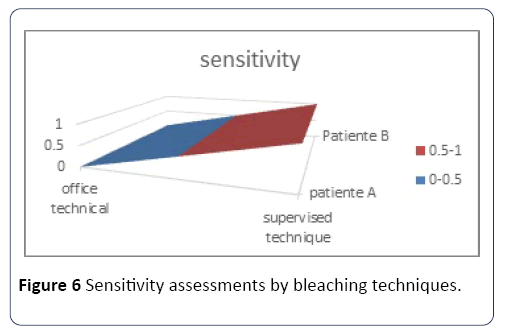
Qualitative And Comparative Clinical Evaluation Of The Immediate Effect Of Two Bleaching Materials In The Office Case Technique Insight Medical Publishing

Pdf Influence Of Intracoronal Bleaching Agents On The Ultimate Strength And Ultrastructure Morphology Of Dentine Marcelo Giannini Academia Edu
Http Www Redalyc Org Pdf 1530 Pdf
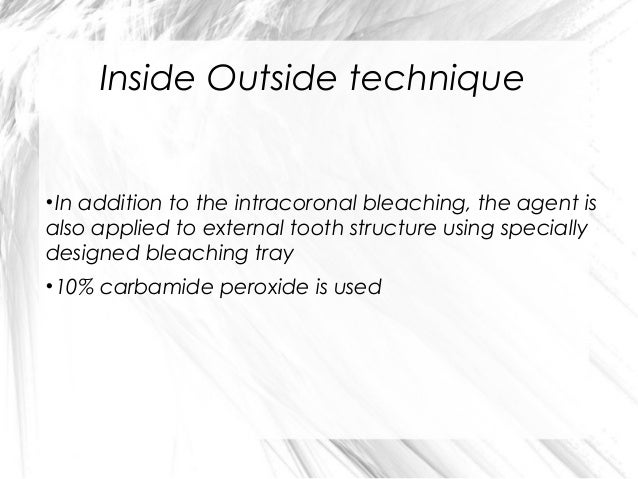
Internal Bleaching

Intracoronal Bleaching Of Nonvital Tooth Teeth Whitening

Bleaching Techniques Dental Implant Courses By Indian Dental Academy By Indiandentalacademy Issuu
2

Mcqs On Bleaching Of Teeth Human Tooth Bleach
Ir Uiowa Edu Cgi Viewcontent Cgi Article 3070 Context Etd

Bleaching Procedures Pocket Dentistry
Http Www Sciencedirect Com Science Article Pii S Pdf Md5 8da6baf8f239bcf8c Pid 1 S2 0 S Main Pdf Valck 1

Effectiveness Of Home Bleaching Agents In Discolored Teeth And Influence On Enamel Microhardness
Q Tbn And9gcrkh92jjgtn Xzyatsbs2voofyijvzexmyujkwysu9aazcnjb Usqp Cau
Onlinelibrary Wiley Com Doi Pdf 10 1111 J 1600 9657 1991 Tb004 X
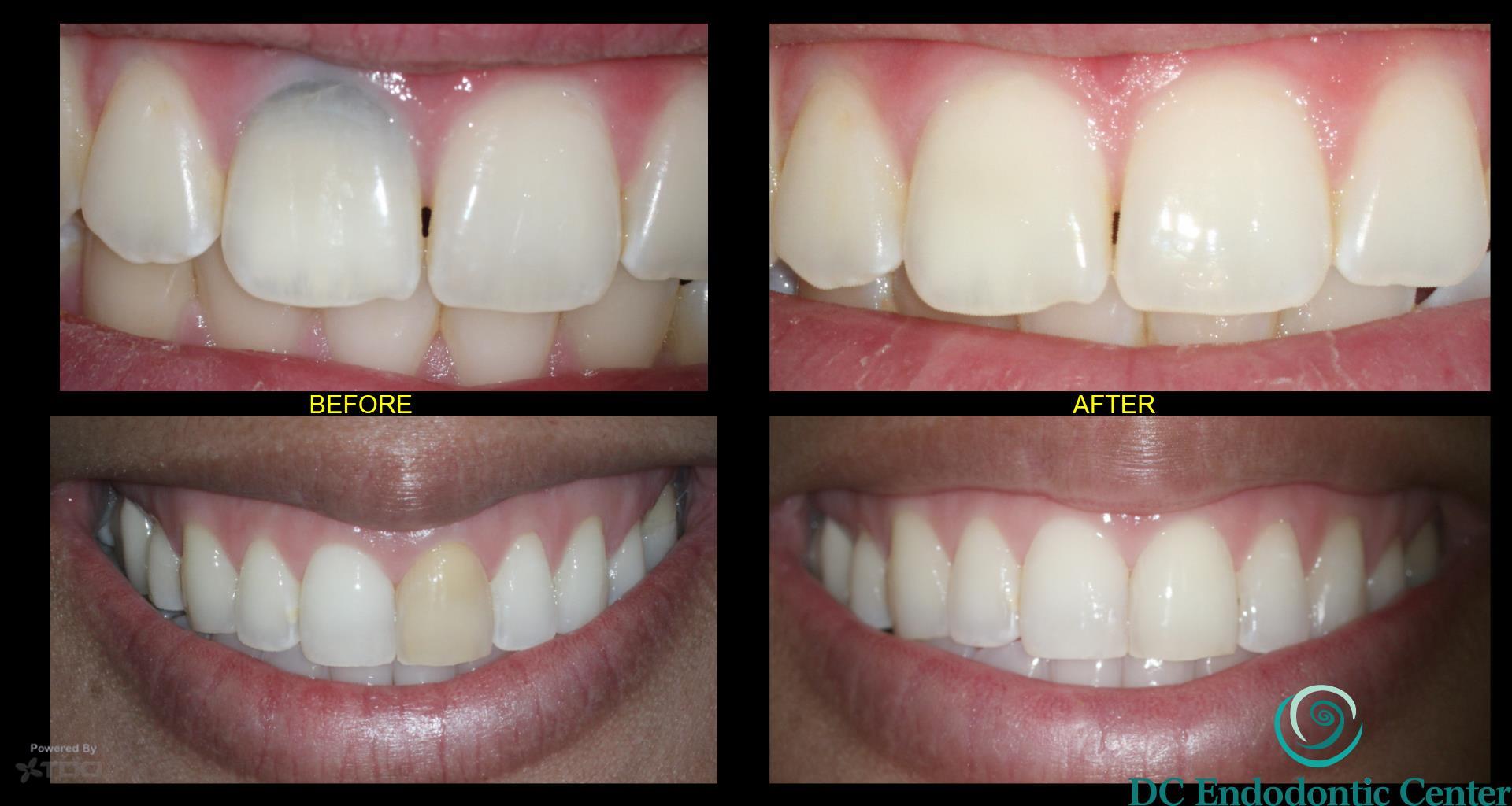
Intracoronal Bleaching Dc Endodontic Center

Bleaching Of Teeth
2
Q Tbn And9gcs2jpapndmqicnfipxwjzxj7f7ubpilybmo Mchzj Go Holw Usqp Cau
Http Www Bamatis Com Docs Hod Whitening Rpt Pdf

Nonvital Tooth Bleaching The Endoexperience
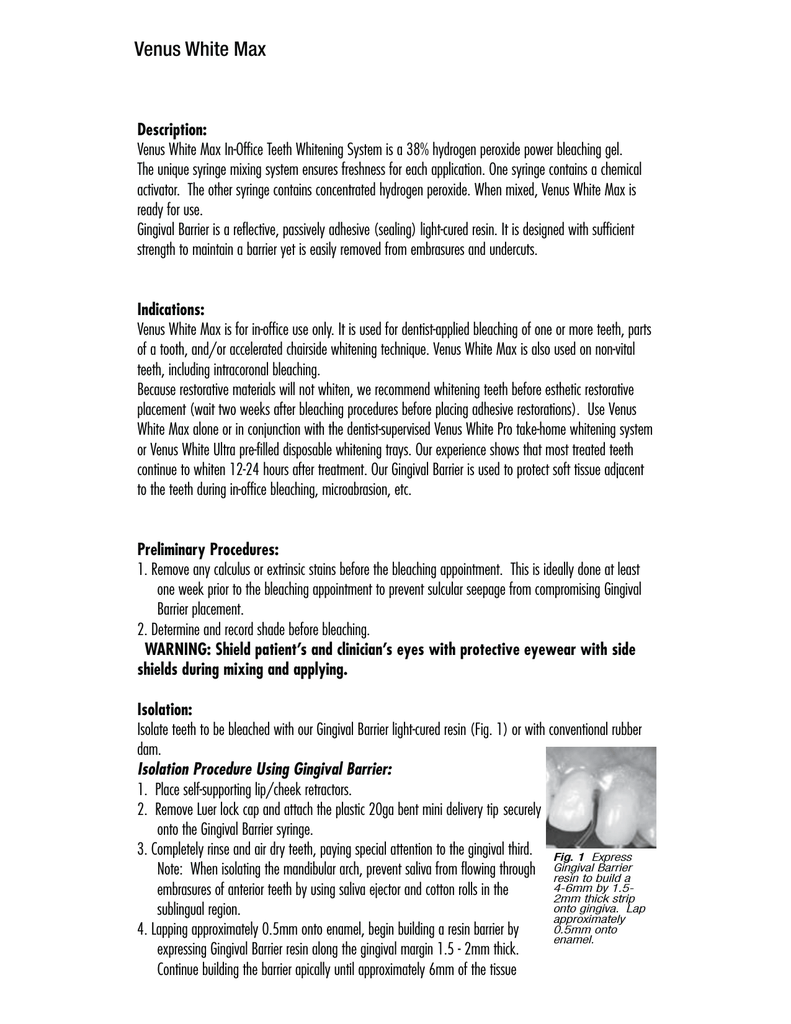
Venus White Max Manualzz

Pdf Effect Of Different Intracoronal Bleaching Methods On Shear Bond Strength Of Ceramic Brackets Bonded To Bleached Enamel An In Vitro Study
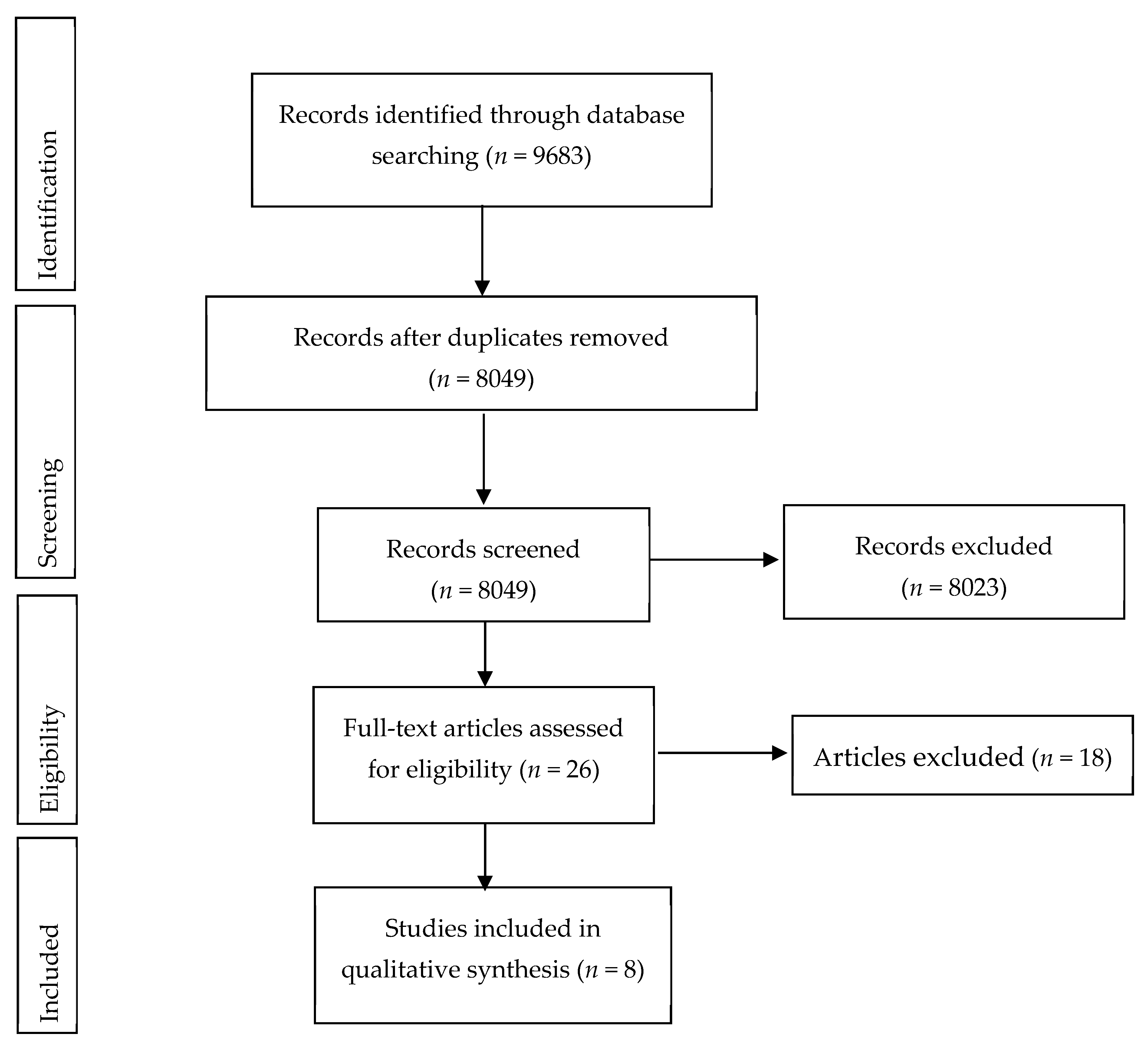
Coatings Free Full Text Non Vital Tooth Bleaching Techniques A Systematic Review Html

Pdf Discoloration And Bleaching Muhammad Dalton Academia Edu

Comparison Of The Bleaching Efficacy Of Three Different Agents Used For Intracoronal Bleaching Of Discolored Primary Teeth An In Vitro Study Ganesh R Aruna S Joyson M Manikandan Deepa J Indian
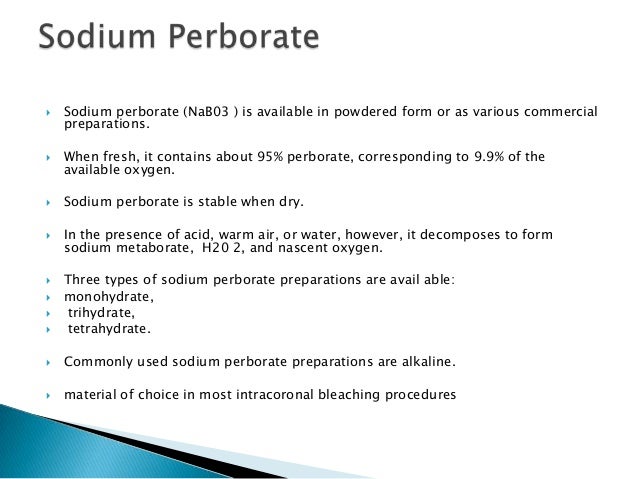
Bleaching Of Teeth

Fracture Strength Of Incisor Crowns After Intracoronal Bleaching With Sodium Percarbonate Tooth Enamel Hydrogen Peroxide
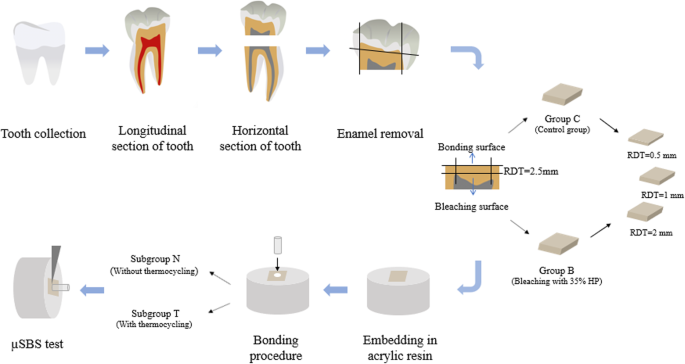
Effects Of Remaining Dentin Thickness On The Bond Strength Of Bleached Dentin Springerlink

A Comparative Evaluation Of Efficacy Of Commercially Available Bleaching Agents In Non Vital Teeth An In Vitro Study Mittal R Sood Ag Singla Mg Dhawan D Saudi Endod J
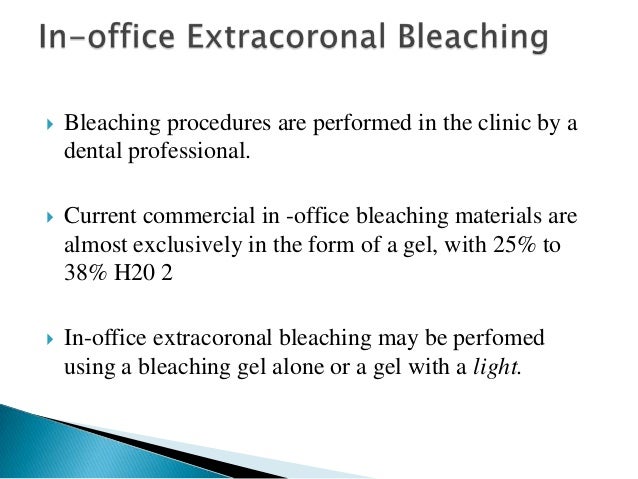
Bleaching Of Teeth

Comparison Of The Bleaching Efficacy Of Three Different Agents Used For Intracoronal Bleaching Of Discolored Primary Teeth An In Vitro Study Ganesh R Aruna S Joyson M Manikandan Deepa J Indian

Time Of Application Of Sodium Ascorbate On Bonding To Bleached Dentin

Top Pdf Home Bleaching 1library

Evaluation Of The Effectiveness Of An In Office Bleaching System And The Effect Of Potassium Nitrate As A Desensitizing Agent Springerlink
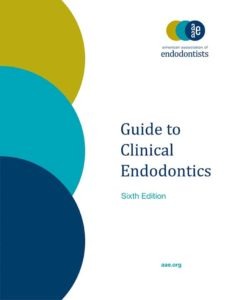
Guide To Clinical Endodontics American Association Of Endodontists
Www Cell Com Heliyon Pdf S2405 8440 3 Pdf
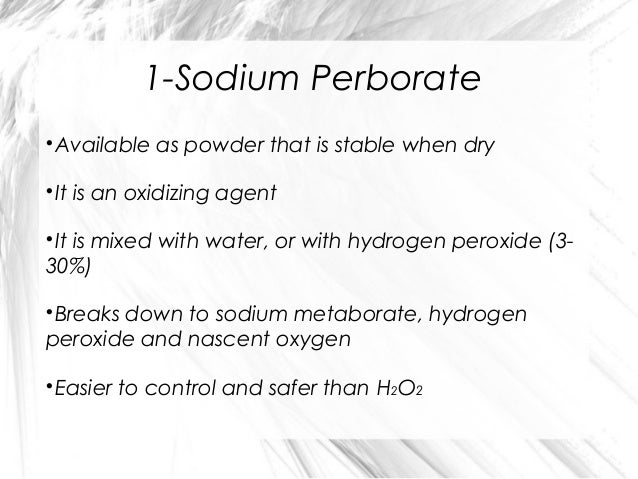
Internal Bleaching
Q Tbn And9gcqme0e0aihwnpe3 Zpfklwdn 8xlk6oasptjlykbmgzl0igpc2h Usqp Cau

Pdf The Combination Of Sodium Perborate And Water As Intracoronal Teeth Bleaching Agent

Intracoronal Bleaching Of Nonvital Tooth Teeth Whitening
Http Jurnal Unpad Ac Id Pjd Article Download 7656

Pdf Sealing Ability Of Materials Used As Protective Cervical Barrier In Internal Tooth Bleaching
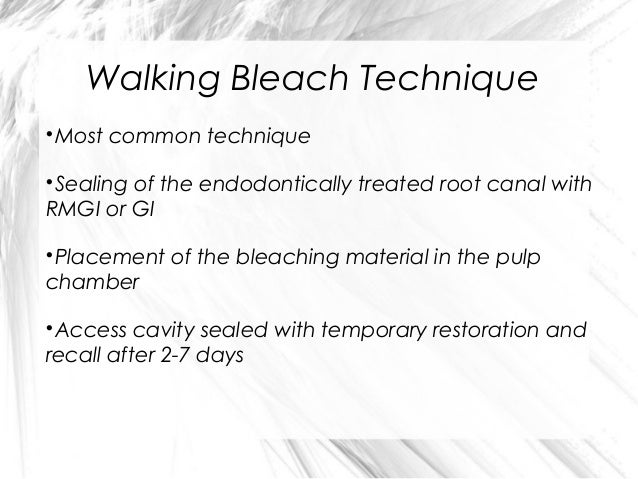
Internal Bleaching

Pdf Intra Coronal Bleaching In Young Permanent And Primary Tooth With Biologic Perspectives
Http Endoexperience Com Filecabinet Clinical endodontics Bleaching Intracoronal bleaching with carbamide peroxide 1 iej july Pdf

Bleaching Of Non Vital Discolored Teeth Keys Of Success Dental News
Www Jendodon Com Article S0099 2399 06 8 Pdf
Http Www Moderndentistrymedia Com Sept Oct11 Liebenburg Pdf
Onlinelibrary Wiley Com Doi Pdf 10 1111 J 1600 9657 1991 Tb004 X
Q Tbn And9gcs2jpapndmqicnfipxwjzxj7f7ubpilybmo Mchzj Go Holw Usqp Cau
2
Http Www pd Org Media Policies Guidelines P Bleaching Pdf

Top Pdf Home Bleaching 1library
Http Www Medicinaoral Com Pubmed Medoralv16 I7 P1017 Pdf
2

Tooth Bleaching Mechanism Biological Aspects And Antioxidants Dentistry And Oral Health Journal Sci Forschen

Pdf Intracoronal Bleaching Of Discolored Nonvital Teeth

Bleaching Of Teeth

Effect Of High Concentrated Bleaching Agents On The Bond Strength At Dentin Resin Interface And Flexural Strength Of Dentin
Onlinelibrary Wiley Com Doi Pdf 10 1111 J 1600 9657 1991 Tb004 X
Www Jendodon Com Article S0099 2399 05 9 Pdf
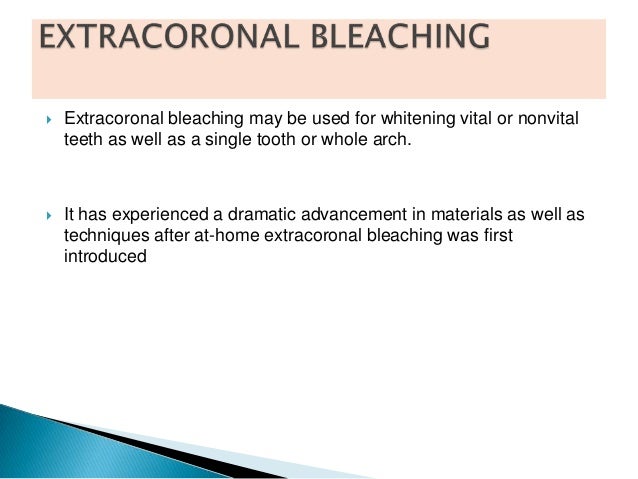
Bleaching Of Teeth

Pdf The Effect Of In Office In Combination With Intracoronal Bleaching On Enamel And Dentin Bond Strength And Dentin Morphology Semantic Scholar

Research Article Evaluation Of Extraradicular Diffusion Of Article Evaluation Of Extraradicular Diffusion Of Hydrogen Peroxide During Intracoronal Bleaching Using Different Bleaching Pdf Document

Comparison Of Intracoronal Bleaching Methods On Teeth Discolored By Different Antibiotic Pastes Iriboz E Ozturk B A Korklu S Tarcin B Berker Y G Ovecoglu H S Niger J Clin Pract

Pdf Evaluation Of Extraradicular Ph After Intracoronal Bleaching Using Four Bleaching Agents

Effects Of Intracoronal Bleaching Agents On The Surface Properties Of Mineral Trioxide Aggregate Semantic Scholar

Bleaching Of Non Vital Teeth
Gale Academic Onefile Document 3d Surface Profile And Color Stability Of Tooth Colored Filling Materials After Bleaching
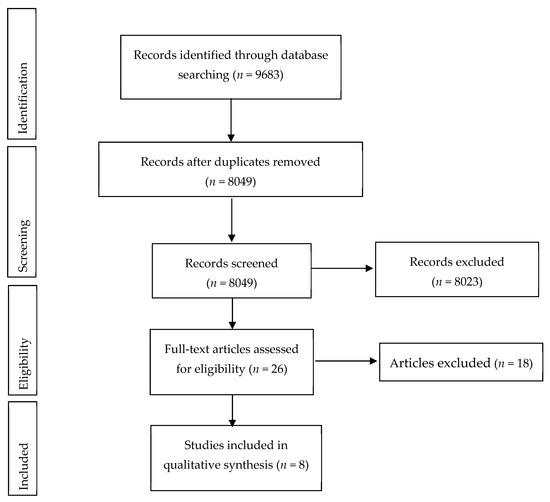
Coatings Free Full Text Non Vital Tooth Bleaching Techniques A Systematic Review Html

Evaluation Of Hydroxyl Radical Diffusion And Acidified Thiourea As A Scavenger During Intracoronal Bleaching Sciencedirect
Dergipark Org Tr Tr Download Article File
Www Ingentaconnect Com Contentone pd Jodc 17 Art Crawler True

Tooth Whitening Bleaching Treatment Considerations For Dentists And Their Patients Pdf Free Download

Ch11 Discoloration And Bleaching



